In progress...
RTGS - 2004
Gross Settlement - fund settlement in RBI books for Inter Bank Electronic Money Transfer
Timing for payment -> 7 AM to 6 PM (Except 2nd and 4th Saturday, Sunday, Declared holidays)
Minimum - 2 lakh Rs
Maximum - No limit (through bank branch), 25 lakh Rs (Online)
Pros - Useful for merchants, and businessmen who could not visit banks in person.
Cons - Smaller transactions cannot be done, 24x7 Not available
NEFT - 2005
Payment processing takes place in 30 min batches
First batch - 12.30 am
Last batch - 12.00 midnight
Minimum - 1 Rs
Maximum - No limit
Pros - Useful for the general public to perform small transactions, 24x7 Available.
Cons- Have to wait for 30 min for payment confirmation.
IMPS - 2010
The system is based on the mobile number and is not available through branches like that in NEFT.
Minimum - 1 Rs
Maximum - 5 lakh Rs
Pros - No wait of 30 min required. Instant payment system.
Cons - Users have to add an Account Number, IFSC Code, and Beneficiary Name to do the transaction.
UPI - 2016
The interface facilitates inter-bank peer-to-peer and person-to-merchant transactions.
Minimum - 1 Rs
Maximum - 2 lakh Rs.
Pros - Instant payment based on UPI ID/VPA. No need to add a bank account number, or IFSC code to pay. Instead, a mobile number linked to a bank account is required. Send and receive money. Request money. Use one app for many accounts.
Cons - Failed transactions are not well handled by the underlying technology. A higher success rate compensates for it though.
UPI Lite - 2022
A lighter version of the UPI Payment Method.
Minimum - 1 Rs
Maximum - 200 Rs.
Wallet limit - 2000 Rs.
Pros - No internet is required for the payer to pay the amount. Versatile for smaller transactions in remote areas with poor internet connectivity. The bank statement is generated for the whole day's expenses.
Cons - Not yet
NUUP - 2014
USSD - Unstructured Supplementary Service Data (NUUP is based on this)
Dial *99# on your mobile phone for the menu and proceed.
Pros - Users who do not own a smartphone can use the feature. Useful when internet connectivity is poor or the internet pack validity is expired.
Cons - Not yet
CTS - 2010
An electronic Image of the cheque is transmitted to the paying branch.
Pros - Time saver, No ambiguity, Transparency, Trustworthy, Secure, No employee needed.
Cons - Not yet
NACH - National Automated Clearing House
For bulk transactions - repetitive and periodic
distribution of salaries, dividends, interest, subsidies, electricity bills, loans, water bills
BBPS - Bharat Bill Payment System
Bills, Fees, MFs
AEPS - Aadhar Enabled Payment System
A foolproof method to identify dead and live people
saved - 90,000 cr/ year
Req - Aadhar Number and Fingerprint
Rupay
NETC
NFS



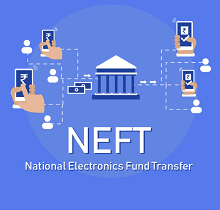


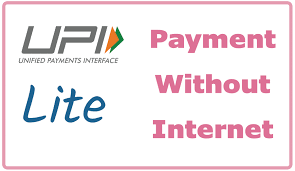


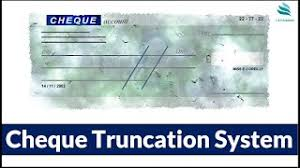
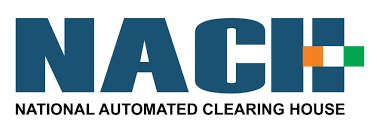
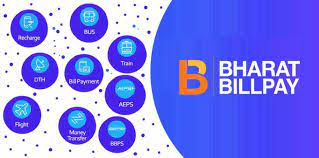







No comments:
Post a Comment